
Hey everyone!
My second-last blog for the year. Hard to believe we’re nearly at the end of 2023 already…
As I’ve already teased, in this blog I want to dive into another major inspiration on my writing: Doctor Who. Diving into this series now seems fitting with the 60th Anniversary on the horizon. Even more fitting still is the return of David Tennant as the Doctor. The Tenth Doctor was when I was a big fan of the show and where most of my inspirations come from.
Unlike Mass Effect and Halo, my inspiration from Doctor Who doesn’t come from overarching themes. Rather, it comes from concepts that are explored in the series as a whole or within specific episodes.
The Time Lords
The Time Lords are described as a race that sees ‘all that is, all that was, all that ever could be’ and also ‘what must not be’. In essence, they command time, time travel and are almost immortal thanks to their regeneration ability. The idea of a super-advanced race that takes it upon themselves to manage the universe and time is a truly interesting sci-fi concept (I think).
In the 2005 revival of Doctor Who, the Time Lords have been long ‘extinct’ and the series protagonist, The Doctor, is the sole survivor – sauntering around the universe trying to do good with an alien (human) companion to keep him company. My love for the show during this 2005-2009 period empowered me to go back and watch as much of the 26 seasons that preceded it as I could, giving me a much deeper understanding of the Time Lords.
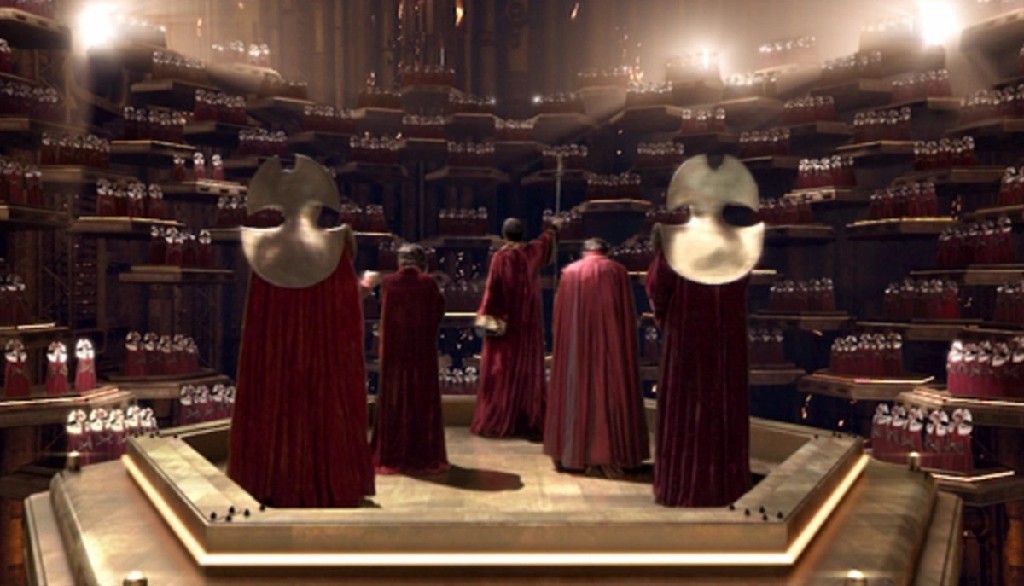
With the age and size of our universe, the idea of a super-advanced apex race doesn’t seem like a super far-out concept. Doctor Who isn’t the only fiction to touch on this concept either. Take the Leviathan in Mass Effect for example: While they only operate within a galaxy and not a universe, they were essentially a dominant race that controlled the galaxy and believed all species exist only to serve them. While clearly, the Leviathan are more brutal and dictatorial, the underlying apex species concept is still there.
As you might have guessed, the apex race concept is one I’m keen to explore in my Nash series. It won’t necessarily serve as a central story point, but more likely a backdrop to the story’s events. I would want my apex race to be more like the Time Lords than Leviathan. My apex race would not see themselves as dominant dictators but rather as the managers of the universe and time, seeking to keep the universe stable and intervene only when necessary. I think it’s interesting to give this race dwindling numbers; this removes the safety net they could theoretically have provided, thus raising the stakes.
I also agree this race would either need to be immortal or at the very least live long lives. As I mentioned, the Time Lords have the ability to regenerate in death, basically rebuilding themselves into a new body. Wisdom and experience come with age, and a race that essentially manages the universe and time would have to be able to see time through the prism of centuries or millennia. Long life might come naturally to this species, or it might be thanks to biological enhancement over time.
The TARDIS
When I talk about the TARDIS as an inspiration, I think more about the device itself rather than the Doctor’s specifically. The TARDIS at its core is a hybrid spacecraft and time-travelling vehicle. Not only can it go anywhere and anytime in space across the universe, but a TARDIS can basically change its appearance to blend with its surroundings thanks to a ‘chameleon circuit’.
In the series, the Doctor’s TARDIS is stuck as a blue police box. That’s iconic, and you wouldn’t want to change that. However, it’s very interesting to consider this ‘chameleon circuit’ in action, and you do see it in action in the earlier seasons of the show.
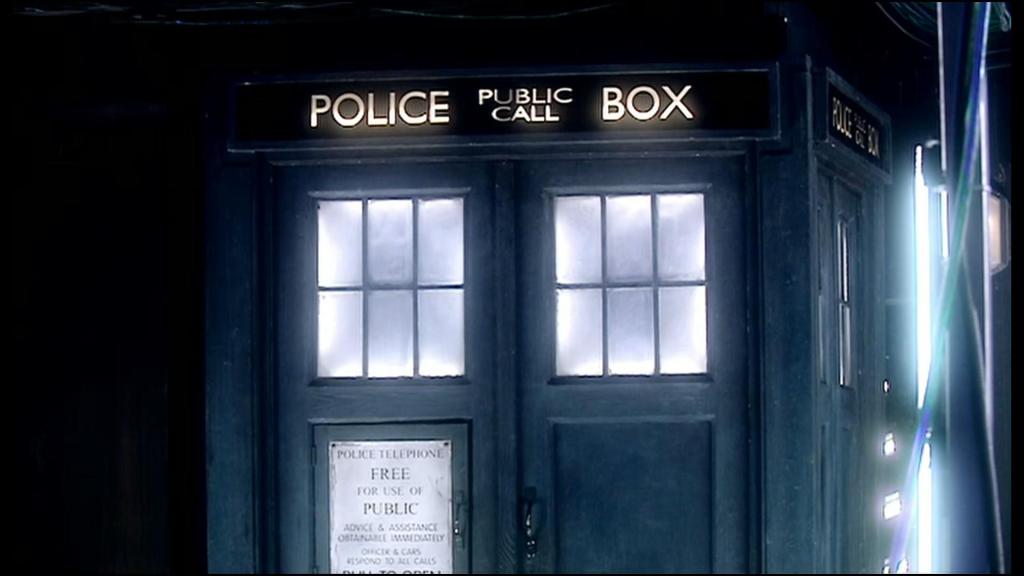
This whole chameleon feature leads me to another significant TARDIS trademark. The fact that it’s ‘bigger on the inside’. The TARDIS itself is a massive vehicle, but when you consider its ability to change its appearance and blend in, the outside may often be quite a bit smaller than the inside.
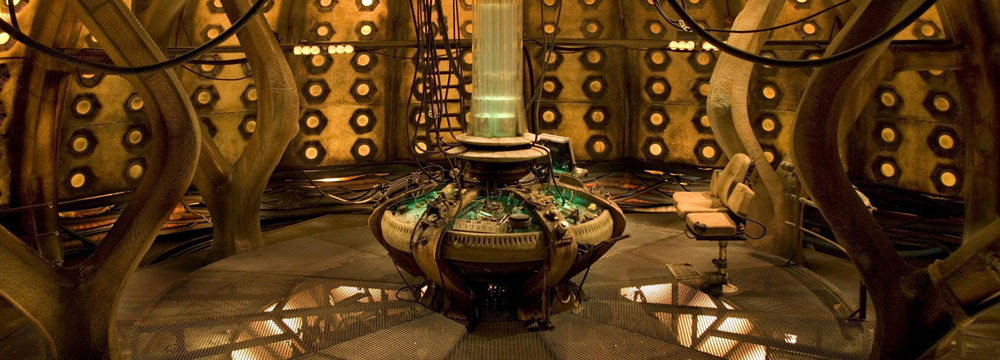
A powerful vehicle that can navigate space and time is the perfect vessel for an apex race individual. In fact, it almost seems necessary. A race that seeks to maintain a safe distance and only interfere when necessary would need to ensure they blend in and don’t make a scene when visiting various races. Like the TARDIS, the vehicle would either need to change appearance or be small on the outside – or both!
Doctor Who is a show for younger audiences, so a lot of science behind technology like the TARDIS is chalked up to ‘sci-fi magic’. Now I’m not saying I want to mathematically explain how a TARDIS could work (I’m terrible at maths anyway), but in a series like Nash, such a vehicle would need more explanation. With all the fascinating science fiction concepts, it’s not impossible to suggest some scientific reasoning as to why the ship is bigger on the inside.
The Time Vortex
A fast way to travel across space represented by a tunnel of pretty lights is pretty common across science fiction. Think hyperspace in Star Wars and the mass relays in Mass Effect. In Doctor Who, the TARDIS travels through what is called the time vortex. The time vortex has been described as ‘infinite strands of energy that criss-cross all space and time’. The major difference between the time vortex and things like hyperspace is the ability to travel through time.
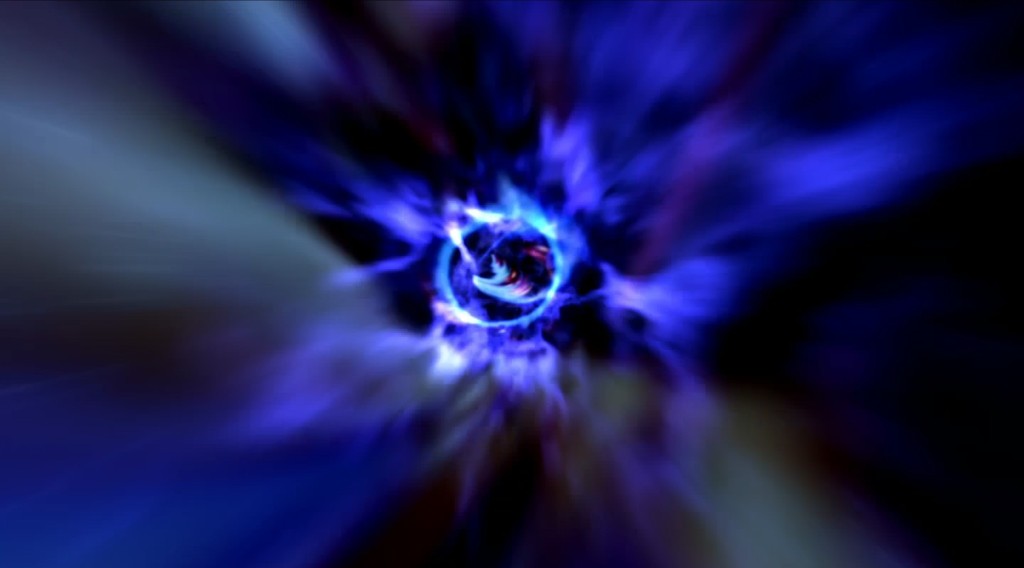
I briefly touched on the Universe Portal in Nash in a previous blog. While it predominately functions as Nash’s version of hyperspace or mass relay, I did make a point in my blog that it connects all of time and space. In effect, time does function differently when inside the Universe Portal. It basically slows time while a vehicle travels across the universe within it. While humanity are nowhere near being able to this in Nash, the Universe Portal could theoretically be used to travel through time – it’s all about the knowledge and technology in how you use the portal.
While I knew, as in most sci-fi, I needed a faster way for humanity to travel across the vast distances of space, I also wanted to think big picture. What’s the endgame in millions of years with the Universe Portal? That’s where the time vortex from Doctor Who inspired me to make it more complicated than simply a faster way to travel. And of course, this theoretical apex race I mentioned above would be able to use it to it’s fullest capability.
The Master Race
This inspiration is a little different to the others. Whereas the Time Lords, TARDIS and time vortex are all major parts of Doctor Who, The Master Race only refers to one episode. If you haven’t seen this specific episode, it might be a little confusing, so let me run you through it.
The End of Time Parts 1 & 2 serve as the end of David Tennant’s run as The Doctor, airing all the way back in 2009 (boy, do I feel old!). In this two-parter, The Master (the Doctor’s nemesis and another surviving Time Lord) turns everyone on Earth into a copy himself. He then uses all these copies to pursue the Doctor and fulfil a goal that comes close to destroying time itself.
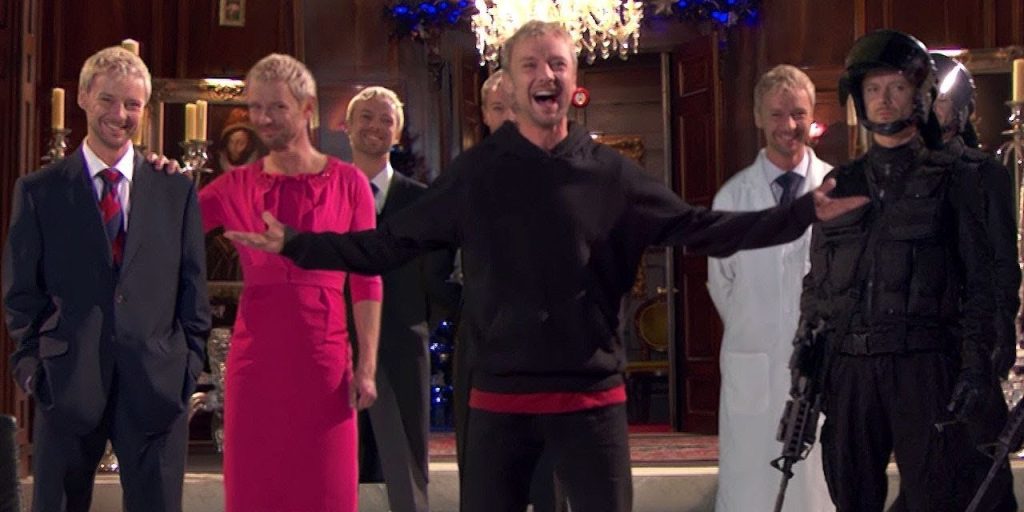
Maybe it’s nostalgia given I would’ve been about 14 at the time, but this whole idea has always fascinated me. The End of Time is probably one of my most-watched Doctor Who episodes despite its flaws.
Maybe, however, it’s because of the flaws that the idea has stuck with me. I’ve always thought a lot more could’ve been done with it, but The End of Time is a massive episode trying to juggle a lot of things. In Part 2, The Master talks about turning Earth into a ‘warship’ (and I have to stop and draw attention to the Futurama video game’s Earth Ship here haha).
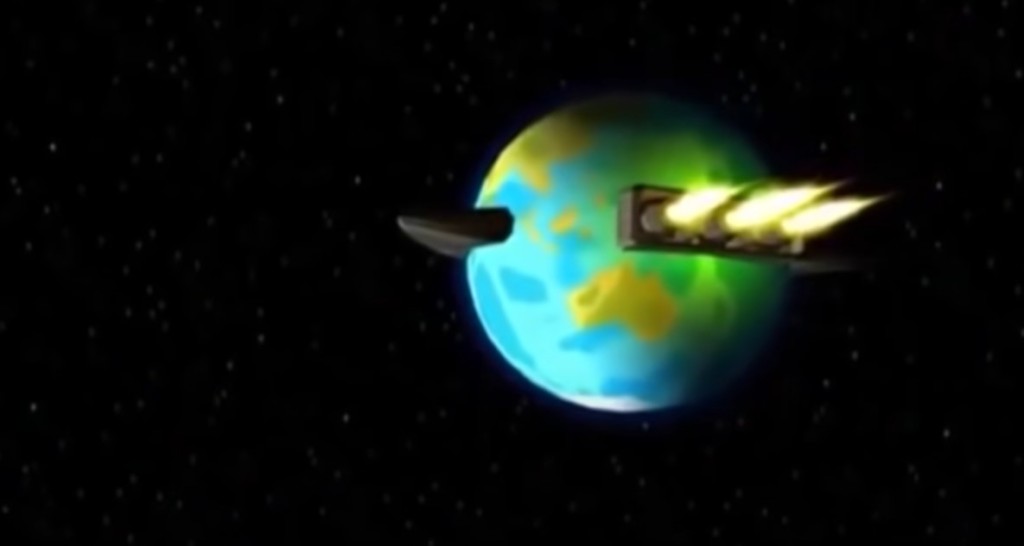
But in all seriousness, it always makes me ponder an antagonist doing this and actually using the copies as an army. Literally forming a completely obedient army in minutes and equipping them with advanced technology. How unstoppable would they be? What would they do? How could they be stopped?
All these questions have fermented in my brain over the years and are something I intend to explore deeper in one of my Nash projects.
As I stated from the start, my inspirations from Doctor Who are all concepts. Concepts I’d love to take and explore in a different setting; that setting likely being my Nash series.
Some out there might see this as me just looking to rip off ideas, but I call out such a simplistic interpretation. As I’ve always said, a big part of writing is what inspires you – whether that be a holiday to a strange part of the world or just from someone else’s media. There are always concepts out there that are reused and retold, sometimes better and sometimes worse. Doctor Who is full of exciting concepts, and like any other concept, I think there’s so much room to dive deeper and explore them in different ways.
The concepts from Doctor Who I touched on in this blog have ignited my creative spark, and I’m excited by the possibilities and questions surrounding these concepts. I’m keen to dive into it all within my own writing. Of course, with Nash becoming a novel series now, I have an unfair advantage: lots more time and space to truly dive into the concepts.
Whether you’re a Doctor Who fan or not, I’d be keen to hear what concepts of Doctor Who you love and would be interested in seeing explored in different stories – no matter the medium.
Thanks for reading through my latest inspiration blog post. That’ll be the last inspiration blog for the year, but I do have one more blog coming. Topic? I haven’t decided yet…
Til next time,
Dean